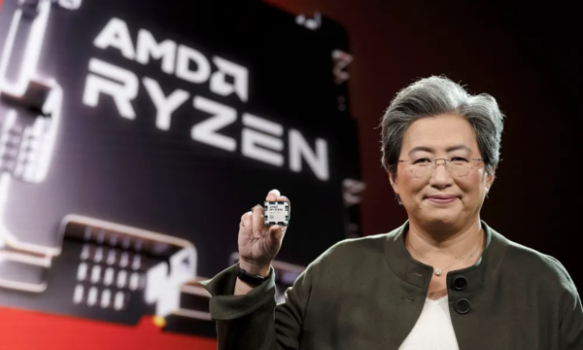Weakness has its advantages, AMD is an example. In the competition with Intel, the AMD Ryzen 9000 series, which is weak, can only move forward.
Over the past seven years, AMD has transformed from what was considered a second-tier CPU maker to a true industry giant. But things are a little different this year. AMD’s latest chips, the Ryzen 9000 series, feel generic and like they’re from a company with nothing to lose, an impression Intel has given before.
“Don’t bully young people into poverty”
To understand AMD’s rise, we need to go back to early 2017. At the time, AMD was at a critical juncture in launching its Zen microarchitecture, which was a major turning point for the company. Before this, AMD had been improving the Bulldozer microarchitecture, but this architecture almost put the company in trouble. The focus of the Zen microarchitecture is on improving the performance of each core, which is in sharp contrast to the multi-threaded nature of the Bulldozer architecture. AMD’s goal is to no longer be seen as a low-cost alternative but to compete with Intel.
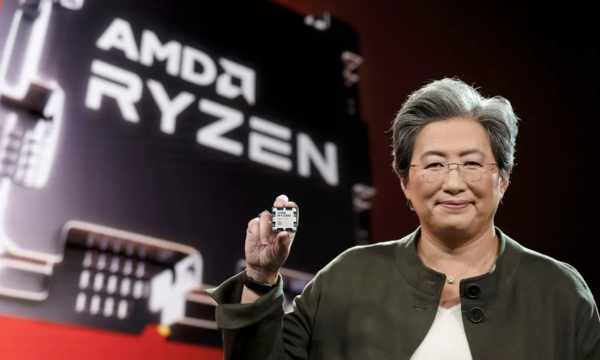
Facts have proved that AMD succeeded. Initially, AMD’s goal was to achieve a 40% instruction per clock (IPC) improvement with Zen, but, when the design was completed, the IPC improvement reached 52%. Despite some hiccups at launch, Ryzen processors were ultimately a success.
AMD’s rise coincided with Intel’s lukewarm attitude toward the CPU market. For years, Intel had been releasing CPUs with only about 5% performance improvements each year, and AMD didn’t expect Intel to continue at that pace. So AMD was prepared and seized the opportunity.
Market data also confirms AMD’s success. In 2016, before Zen was released, AMD held just 9% of the desktop CPU market. Today, AMD has nearly 24% of the market, according to Mercury Research. Some even believe that AMD will already be more famous than Intel in 2024.

The Ryzen 2000 series was launched in 2018 and adopted the Zen+ design to further optimize the core. Subsequently, the Ryzen 3000 series released the Zen 2 architecture in 2019. The Ryzen 5000 series two years later pushed AMD to the top of the gaming market, with processors such as Ryzen 7 5800X3D receiving high praise. This is how AMD catches up with Intel step by step.
Analysts at the time believed that with the release of the new Ryzen processor, AMD returned to the stage of competition with Intel. This return to competition benefits everyone, whether it’s through performance, features, or pricing.
In recent years, this competitive situation has continued. Intel is trying to catch up with the launch of Alder Lake and the Ryzen 5000 series. AMD then responded with the Ryzen 7000 series. But over the past few years, there has been no clear answer to the question of whether AMD or Intel is better.
The “lay down” mentality of large manufacturers
Compared with the previous generation of the Ryzen 9000 series, AMD’s instructions per clock (IPC) increased by only 16%. Compared with the 52% improvement of the original Zen microarchitecture, this improvement seems a bit dull. Even by today’s standards, the new Ryzen 9000 series CPUs offer only limited performance gains amid the slowing pace of innovation in the desktop processor space.
Designing a completely new architecture, like Zen 5 in Ryzen 9000, takes years of effort. Smaller nodes make the process more complex. Designers can’t work as easily as they did in 2017. AMD is struggling to recreate the massive performance leaps from seven years ago. It seems to be adopting Intel’s “lay back” mentality of the past.
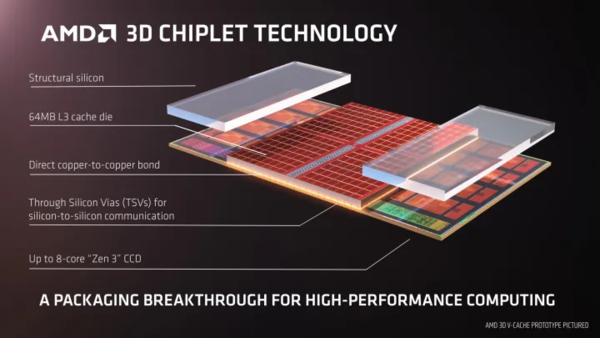
This is mainly reflected in AMD’s 3D V-Cache technology. It’s no secret that extra cache is important for PC gaming, and we’ve seen that with processors like the Ryzen 9 7950X3D, AMD can deliver productivity performance that matches gaming performance. AMD also demonstrated how 3D V-Cache can benefit Epyc server CPUs to demonstrate the benefits of this technology for workloads beyond gaming.
We still have to wait a few months before we see Ryzen 9000 series CPUs equipped with 3D V-Cache. Even with the previous generation, we saw Zen 4 CPUs perform poorly before the arrival of their 3D V-Cache versions. Now, with the arrival of the Ryzen 9000, it’s happening again.
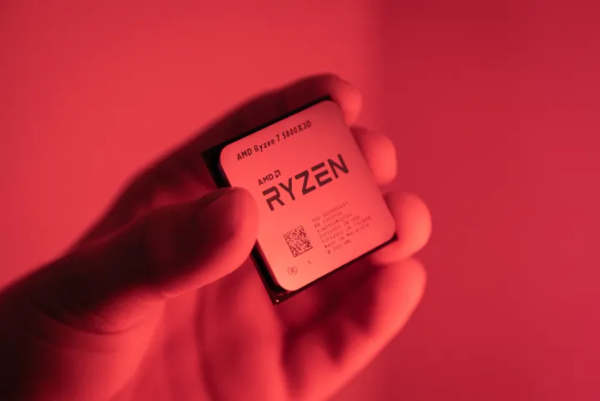
As of now, Intel has not proposed a clear countermeasure to 3D V-Cache. This technology has become AMD’s secret weapon, giving it a significant advantage in gaming performance. AMD’s CPUs now outperform even its main line of chips. Given the lackluster performance of the Ryzen 9000 series, I wonder if the segmentation of the product line makes sense. Perhaps chips with 3D V-Cache should have been released from the start.
Another key factor is price. AMD often cuts prices quickly on released CPUs. It even lowered the MSRP of all Ryzen 9000 CPUs to reflect what they’re actually selling for at retailers. AMD also reduced the price of the previous generation, making the Ryzen 9000 series less cost-effective.
Intel has used a similar approach in the past. We saw it with the 13th and 14th generation CPUs. With minimal performance improvements in the 14th generation, it’s more worthwhile to buy the 13th generation chips.
Is Ryzen 9000 just a coincidence?
The Ryzen 9000 series is only one generation, so we can’t directly say that AMD is stalling like Intel has been for years. However, there are indeed some signs that AMD wants to make money while lying down. Between the slow rollout of 3D V-Cache technology, disappointing generational performance improvements, and the pricing strategy for new chips, AMD looks different today than it has over the past seven years.
Maybe AMD is looking for a better way out. Perhaps when we see Zen 6, it will continue to offer a series of big generational performance improvements that will last at least two years (AMD’s usual release cycle). After all, AMD has described Zen 5 as the new cornerstone of its CPUs moving forward, so it’s not impossible.
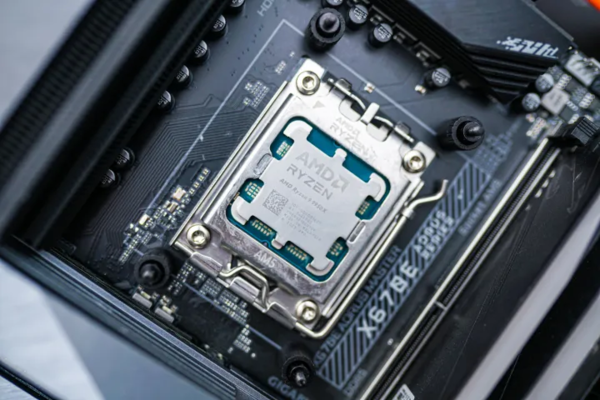
Prior to this, AMD faced some challenges. The flagship Ryzen 9 9950X competes with last year’s Core i9-14900K. This doesn’t look promising, especially with Intel’s upcoming Arrow Lake CPUs. On the low-end side, AMD’s previous-generation products offer similar or even better gaming performance. They come at a much lower price. The Ryzen 9000 series feels out of place for a company that has had an almost perfect record over the past seven years.
write at the end
In the field of CPU, AMD and Intel are almost the only choices. It is easy for the two giants to take turns to “lie down”. Anyway, there are no other opponents. This is caused by being too lonely.
For more insights on the latest developments in tech, you can check out TinyDeals Blog.
